A general overview of agriculture
I have written how the Middle Ages (here, here, and here) were a very rich and interesting period for the Italian wine, during which notable transformations took place. This favorable trend continued with the Renaissance, as already mentioned here. But, before talking about wine, let’s take a general look at agriculture and the transformations of the landscape from the Renaissance to the beginning of the Modern Age.
The undisputed primacy of Italy over the European economy, which had already begun in the Middle Ages, continued and was consolidated with the Renaissance. Above all, the territories of the Center and the North had the highest level of urbanization on the continent, as well as a notable artisan and commercial development. The countryside benefited from the economic prosperity of the cities, thanks above all to the new bourgeoisie. In fact, the bourgeois, whether he was artisan, merchant or otherwise, often and willingly invested their wealth in the country estates. They were an investment, but represented a status symbol of the highest social prestige above all. Land ownership has always been the tangible sign of wealth and power. However, the bourgeoisie did not pour only capital into the countryside but also its energy. So, dynamic and innovative estates were born, very different from the stagnant (on average) noble properties. The Renaissance therefore saw the increase and completion of the agricultural and landscape transformation that had already started in the Middle Ages, reaching the apex of this process.
In the sixteenth century, however, a progressive political and economic decline began in Italy, because it increasingly became the battlefield of foreign powers competing for European domination. This decline will become complete with the beginning of the Modern Age, in the seventeenth century. This will cause a stop of the Italian agricultural progress, which (unfortunately) will drag on for a very long time (albeit with different intensity for the various parts of Italy).
To make matters worse, between the end of the Renaissance and the beginning of the Modern Age there was a generalized agricultural crisis throughout Europe, due to the progressive worsening of the climate, which had already begun in the final part of the Middle Ages. The so-called Little Ice Age will reach its worst moment between the end of the sixteenth century and the beginning of the eighteenth century.
The beautiful Italian landscape, between mansions and reclaimed lands
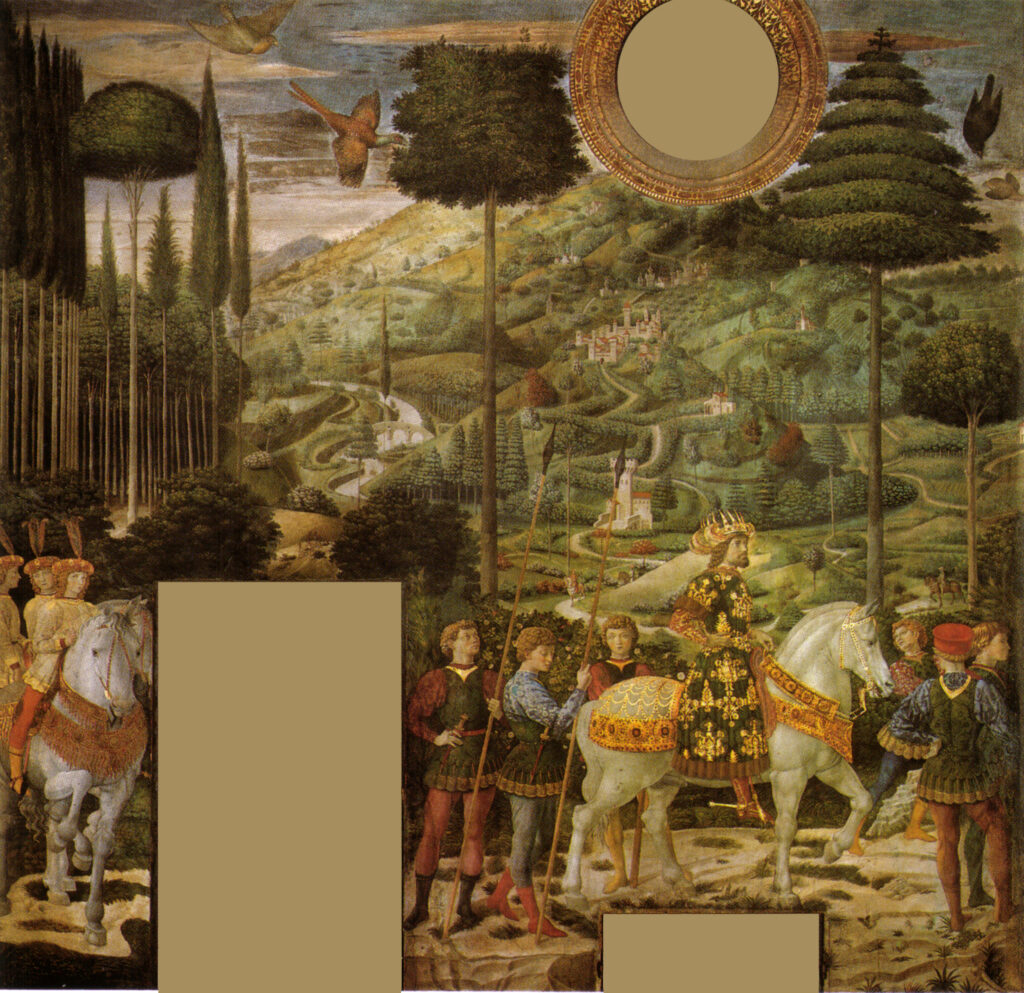
The Bel Paesaggio (beautiful landscape), which was born in Tuscany in the late Middle Ages, was consolidated in the Renaissance and also went beyond the borders of this region. It will never cease to amaze the foreign travelers with its order and harmony, the variety and density of crops, fully satisfying the ideal of beauty combined with utility, a legacy of Roman culture.
The unitary element at the base of this landscape was the country “villa” (country mansion), which over time became increasingly rich and sumptuous. It was a great sign of power for lords and nobles, a coveted emblem of social affirmation for the rich city bourgeoisie. The villa was surrounded by the very elegant garden called “Italian style“, characterized by well-defined and squared flowerbeds, clearly of agricultural origin, which over time was increasingly embellished with tree-lined avenues, fountains and statues. The most famous examples will be copied all over Europe. In Tuscany, the roads on the crest, bordered by rows of cypresses, became more and more widespread. Vineyards, olive groves and orchards and cultivated fields developed around it.
This model reached its peak in Tuscany by the end of the sixteenth century, then spread to other Italian territories. For example, in the Venetian area, in the north-east of Italy, it will reach its maximum splendor in the following two centuries. In the Roman sphere, where there was no developed bourgeoisie, the “villa” was found above all in the properties of popes and cardinals, who were the expression of the most powerful Italian families of the time.
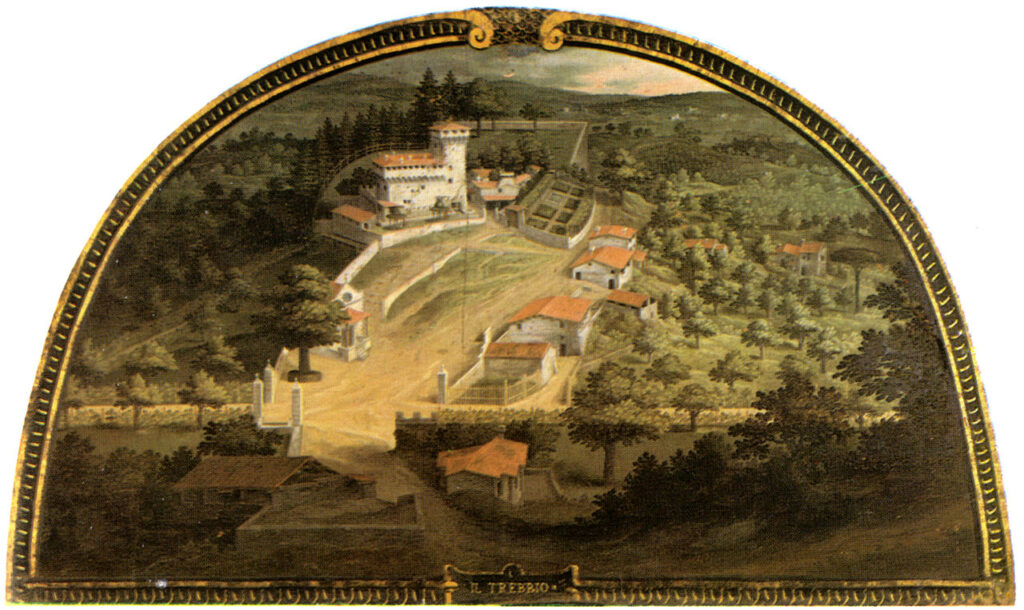
In the late Renaissance, the splendor of the villas increased to such an extent that it completely overwhelmed the agricultural function, as the Neapolitan poet Luigi Tansillo writes in a poem (“Il Podere” The Farm”, 1560):
“I don’t want the mansions to be palaces, which take up a lot; and whoever comes must see land, where at least it is plowed, not swept.”
Do you remember? It seems like re-reading the verses of Horace who, like other Roman authors, was worried about the regiae moles (dimensions as a palace) of the Roman agricultural villae, which seemed to leave no more space for the crops.
Luigi Tansillo speaks directly to a friend in this poem (Il Podere), the butler of the princes of Avalos, who intends to buy a farm. He provides him, in poetry, both economic and agricultural indications. He is clearly inspired by Columella and Virgil.
In 1534, at the age of 24, Luigi Tansillo had also written “The grape harvester“, which in reality don’t concerne viticulture, but is an erotic poem, which urges to enjoy youth, on the theme of the “carpe diem“. Pretending to write a bucolic poem in the role of the grape harvester, Tansillo hides sexual allusions with agricultural metaphors, inviting women not to deny themselves to pleasures. He recounts that he wrote it after having witnessed the harvest in his home town, Nola. There was still a custom that had remained from the ancient Roman times: it was allowed for the grape harvesters to insult passers-by and make lewd allusions, even to people of higher social class. The poem gave him great fame among the men of letters of the time but also caused him many pains, because it unleashed the wrath of the pope. It was placed on the Index of Forbidden Books (1559). Tansillo then recovered papal credit with a religious poem.
“… Quest’uva che l’altr’ier pendea sì acerba,
Ora è più dolce che del mel le canne:
Fu dura, ed ora è molle; sembrava erba,
Ed or sembra auro, ch’uman petto affanne;
Se sempre stesse al ramo ov’or si serba,
Come il liquor daría, che lieti fanne?
Per quetar col suo frutto l’altrui speme,
Prima da voi si coglie, e poi si preme. …”
https://it.wikisource.org/wiki/Il_Vendemmiatore
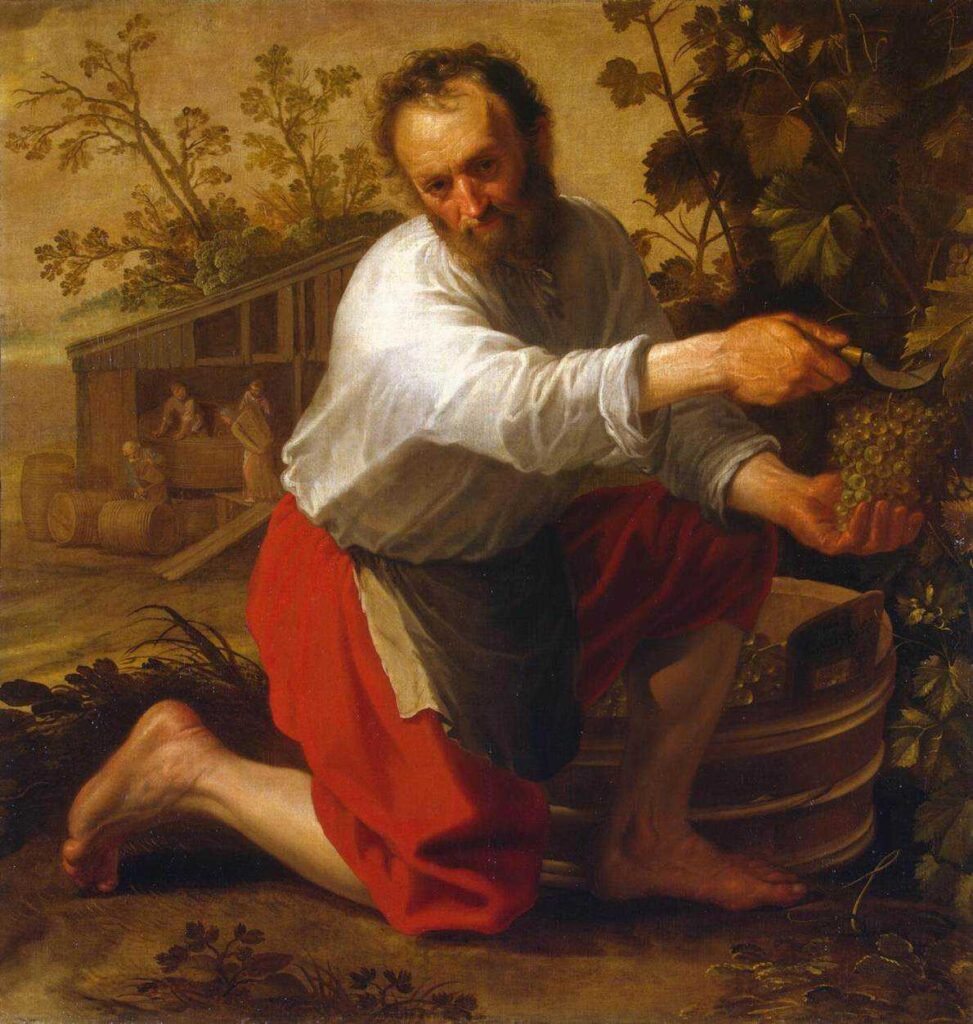
It wasn’t just a question of country mansions, but the landscape was transformed with considerable reclamation interventions on the plains and terraced of hills and mountains, especially in the richest and most stable territories. In addition to Tuscany, the most notable transformations took place in the Milan area and in the Veneto area.
Sharecropping spread more and more in Tuscany and neighboring territories. During the Renaissance, it consolidated its classic structure which would not change in the following centuries. The large property was divided into poderi (podere sing.), small farms, units sized on the working capacity of the single farmhouse family. The farmers repaid the owner by sharing agricultural products with him. Each farm was autonomous, so it included the cultivation of everything necessary (or almost) for self-sufficiency. Most of the lands of each farm were dedicated to cereals (generally wheat) associates to the vines. The production was completed with fruits and vegetable crops, which varied between the different territories, and textile ones (such as hemp). Therefore, the basic model on which the farm’s agriculture was based on small plowed fields for cereals alternating with vines, which had almost always trees as supports (the “married” vine of which I have written, from the Etruscans onwards, for example here). It was a mixed agriculture but still intensive, in the sense that every resource was exploited to the maximum, sometimes even for minimal aspects. For example, even the branches of the trees on which the vines rested were considered indispensable: they were useful for foraging for livestock (the leaves) and to obtain bundles for fire. It used to be said that “the Tuscans keep their meadows on the trees“, because the forage of the (little) livestock derived above all from these resources.
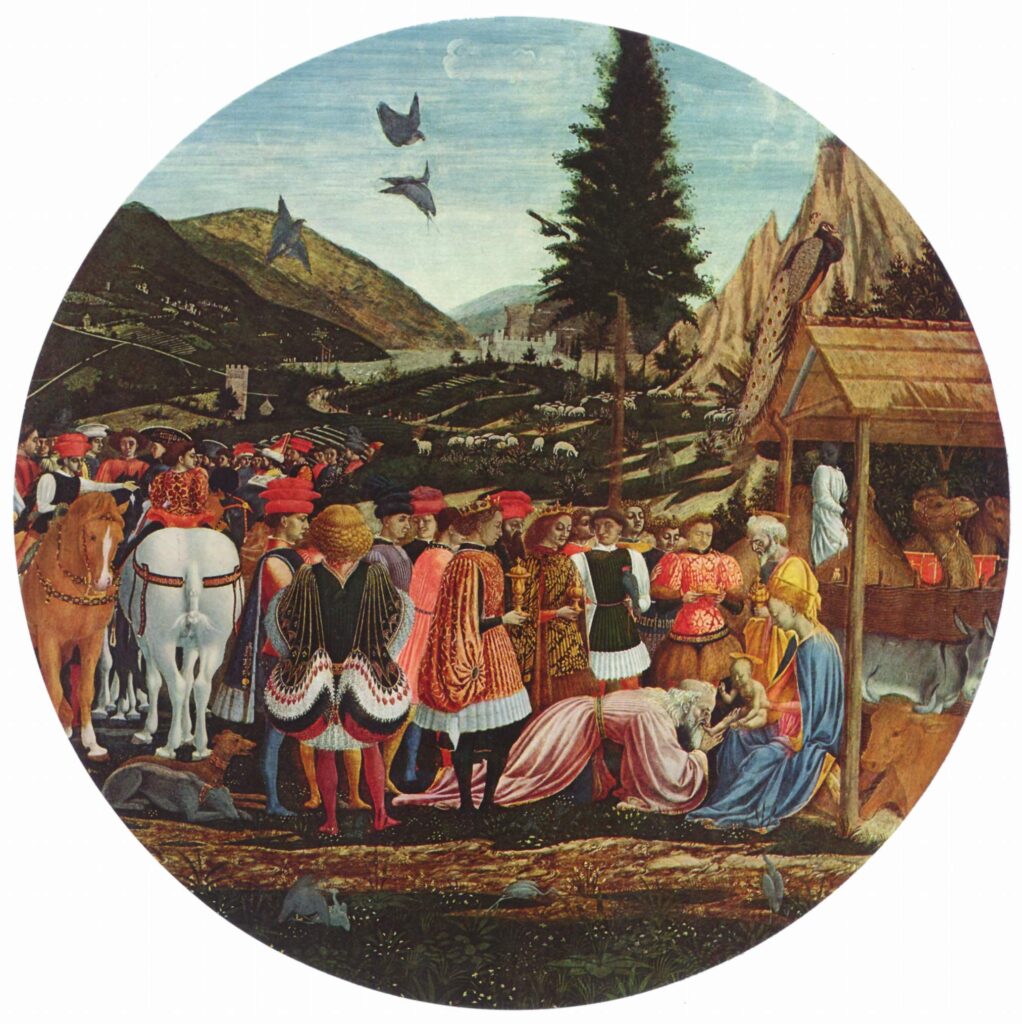
In the north, however, in the Po Valley, agriculture was very advanced thanks to the reclamation works that had continued uninterrupted since the 11th century, especially in Lombardy. Alongside sharecropping, an even more advanced model of rents paid in money, waged workers, was already present from the 15th century, with farms increasingly devoted to the marketing of the products. The completion of the hydraulic regulation had transformed the marshy plain into the typical landscape of irrigated meadows, made up of regular fields neatly separated by canals, on whose banks there were rows of trees, often with married vines. The meadows provided abundant forage for the cattle breeding, determining the development of the very large dairy production typical of Padania (still today). Livestock farming produced large quantities of manure, the abundance of which allowed for a rich production of cereals and other crops. It was a closed and very efficient production cycle.
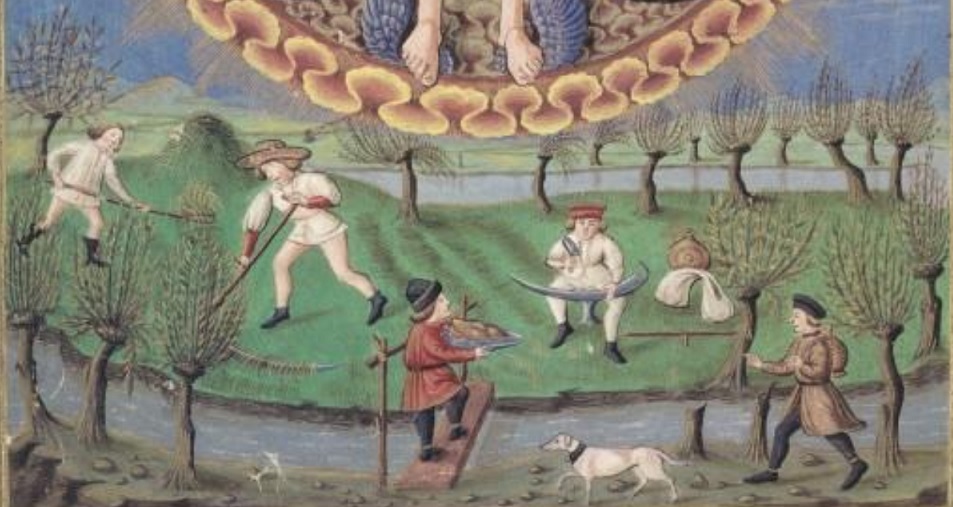
Socio-economic evolution was instead held back in the South of Italy and in the Pope’s lands by the closure of people that had not passed through the Age of Communes, where there were not been the development of an evolved bourgeois class. A substantially feudal approach continued to remain in these areas, which limited the socio-economic growth of the cities. However, greater social and agricultural openings were recorded in this period.
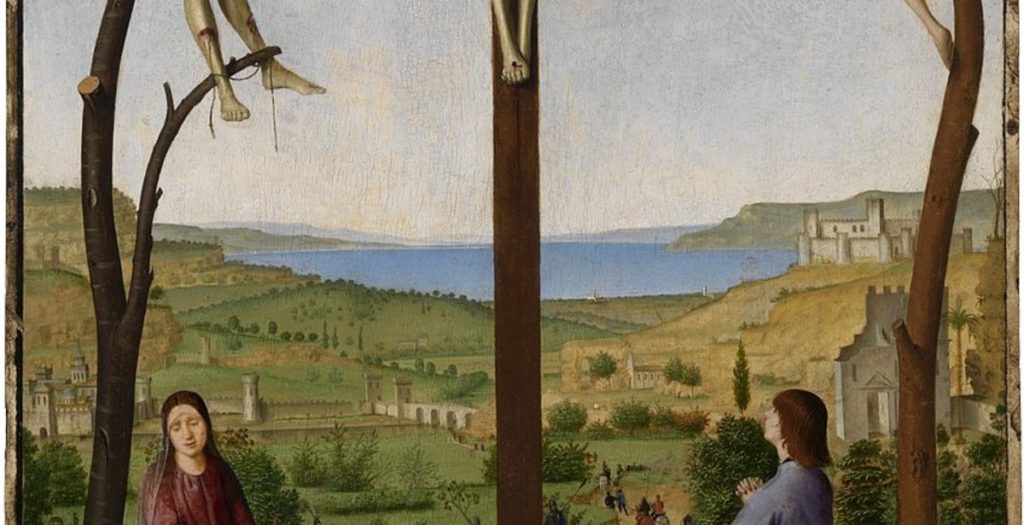
There were not only improvements but also involutions. With the end of the Renaissance, in the poorest and most abandoned territories of the Center and the South, the economic model of transhumant sheep farming developed more and more, for which it was enough to have large portions of uncultivated land available to rent, such as the large Sicilian latifundia, the Tavoliere delle Puglie upland, the Agro Romano (Roman country), the Maremma (see here), etc. The easy earning of rents linked to transhumance blocked the development of these territories for centuries.
The Little Ice Age
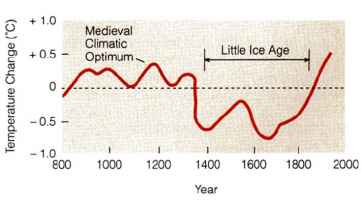
In the sixteenth century the wars raged in Italy, the politics declined and the climate was getting worse and worse. From 1564, there were ten very cold winters in succession. Between 1594 and 1597, it rained almost incessantly, with serious damage to the crops. Every problematic year brought famines, which favored the spread of epidemics. In the last decade of the century, the glaciers expanded like never before, encroaching on cultivated fields and destroying mountain villages. Some Nordic rivers and lakes froze over completely, such as Lake Constance in Switzerland. The prices of agricultural goods rose more and more.
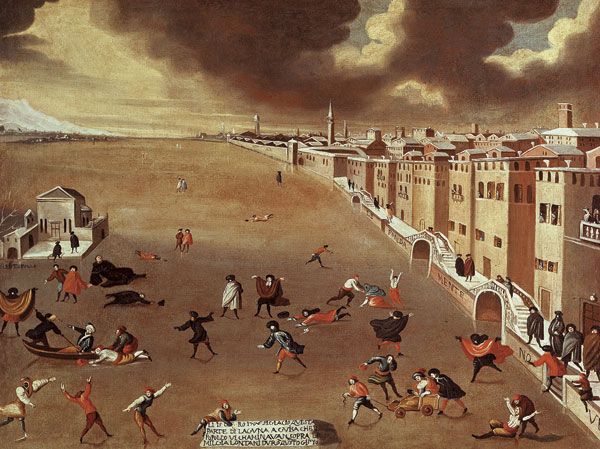
In the seventeenth century, this difficult climate continued. Famines led to the well-known plagues of the time (as told in the famous novel “The betrothed” by Alessandro Manzoni), which decimated the population. The most important were in 1630 and 1656. In 1693 an earthquake destroyed a large part of eastern Sicily. Several lands that had been cleared turned wild again. The trend was to convert almost all land to grain to combat famine, with the detriment of the valuable crops as the grapevines.
Many agricultural and social advances were lost in this difficult moment. For example, in many parts of central and southern Italy a backward feudal system returned in the countryside. The South concentrated almost exclusively on self-consumption, while the North began to import foodstuffs from abroad. The wool and silk industry declined in the North, caused by the Italian mercantile decline, now outclassed by the Dutch. The only developing city in seventeenth-century Italy was Livorno, as it was the most used port of call for foreign merchants in the Mediterranean sea.
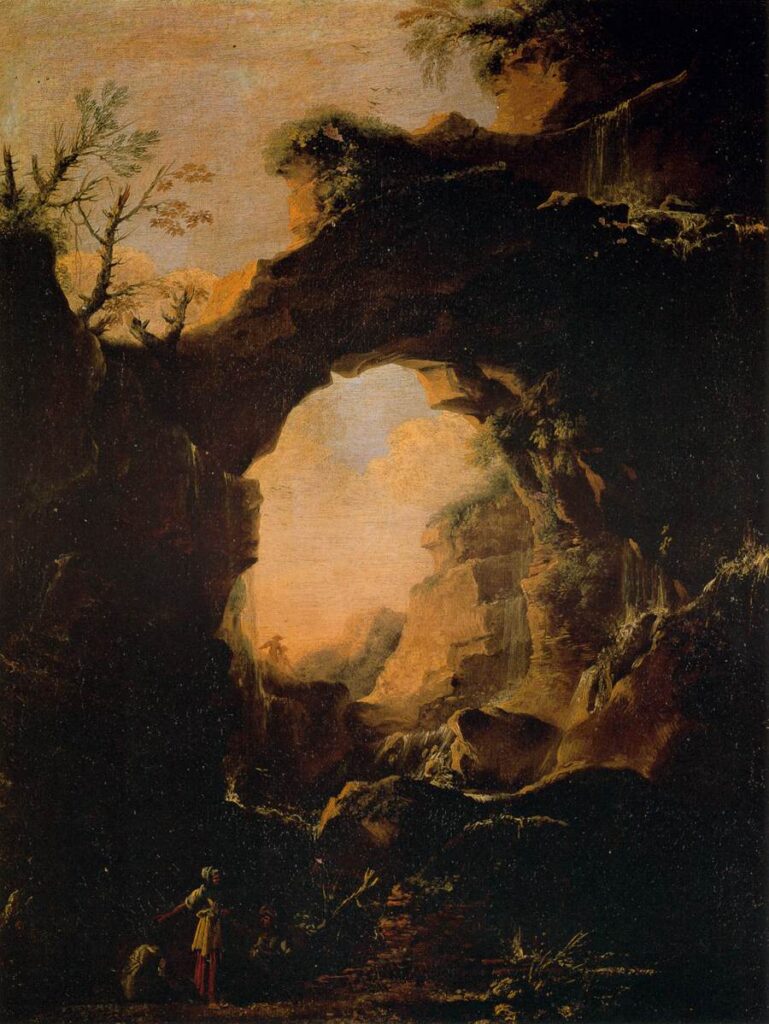
Continued …